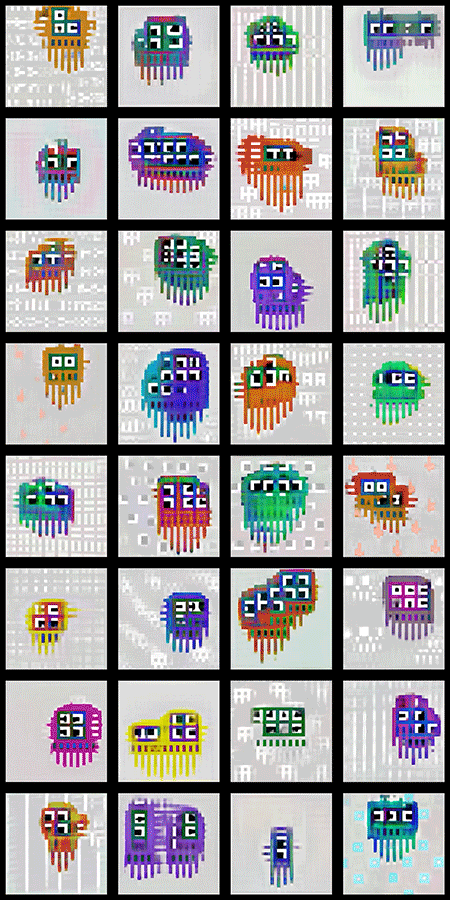Artistic Networking in the Digital Age: What You Need to Know
Are you a member of the art community, struggling to figure out how to network better in today's socially distanced, digital age? This quick guide offers key networking tips that will make your networking life a lot easier.


“Networking is connecting through shared stories and experiences. It’s building a human connection, not simply stating a need to be filled.” – J. Kelly Hoey
There’s little denying that the face of our professional careers and how we go about landing, promoting, and sharing our work may have irreparably changed in light of COVID-19. One of the biggest questions is, how will artists and creators adapt? No matter what stage you are at in your career, networking will continue to affect an individual’s professional growth, in addition to skillset and experience. After all, one of the best ways to build your client base, land more freelance gigs, and set up more collaborations is by networking and leveraging new connections.
Over the past twenty years, as we’ve witnessed the rise of digital media, our networks have undoubtedly grown. It’s never been easier to connect with anyone around the world. However, it can be difficult to know how to build upon these relationships in an entirely digital space. That, plus the obvious obstacles that coronavirus and social distancing have thrown at us, can make the process of attempting to networking even more daunting.
So how do we nurture true connections in this digital age? Here are some strategies to help you continue to network with the art community and beyond.
Use Your Existing Social Media Networks
Chances are pretty high that you already have an account on Facebook, Instagram or LinkedIn. But how active are you on these channels? We’re not saying that in order to be successful you should be glued to social media. However, if you want people to know about the amazing work that you do, you need to make sure you’re actually letting your digital community know what you’re up to. Have a new painting? Share it on social. Looking for commissioned work? Make an announcement online! You’d be surprised how helpful people in your existing communities can be.
Embrace Online Communities
You don’t have to join all of the online communities – just pick one or two that resonate with you. It’s all about the quality of the connections you can make, not the quantity. Smaller, more niche, and intimate communities make it easier to make genuine connections. Facebook groups are a good starting point — for example, if you’re a freelance illustrator, you can find a plethora of communities for both freelancers, as well as illustrators.
Beyond Facebook groups, there are now a myriad of online communities that offer ‘meetups’ and webinars. Try to opt for those where you can see other participant faces on the screen, so you have the opportunity to be visible, to be seen, and to be heard. Technology today allows anyone to scale networking efforts more successfully at greater speeds than ever before with the use of Meetups, LinkedIn, blogging, videos, Twitter chats, Google+ Hangouts and more, so don’t shy away from tech… embrace it instead.
Branch Out Beyond Fellow Artists
One of the golden rules of networking is not to spread yourself too thin. The more diverse and expansive your network, the better. So, don’t just connect with fellow artists — think outside the box. Find these potential connections across social media by searching on Twitter, Facebook, LinkedIn, Google+, Instagram and elsewhere for like-minded people who you think will bring value to you and your network. One of the best ways to engage with people you might find valuable is by being genuine with your network by engaging meaningfully and honestly: ask relevant questions
Think Local
With more people now working from home, there’s more potential than ever to connect with people in your local community. Again, Facebook groups are great for connecting with residents in your immediate neighborhood. Next Door is also useful. Even if the people you connect to aren’t in the same line of business or industry as you, connecting to people in your vicinity is a great opportunity to get a different perspective on your problem from someone in a different industry. And once social distancing measures are eased, perhaps you can even meet for coffee and forge new friendships.
Do the Work
There’s no point in pooling all these efforts into networking if you don’t have marketing tools at the ready to showcase your work. Make sure you have a professional business card and, most importantly, an online portfolio. Prospective clients need to be able to find you online—and, when they do, you need to make sure you’ve put your best foot forward with a well put together portfolio.
Give Back
The key to how to network successfully is to be genuine and to show sincere interest in the people you talk to and their work, and to give back. Try to engage with new members in your network like you would a potential new friend. If you have a useful contact, or a piece of advice, or even a book that you’re happy to share, you can be in no doubt that your efforts will be great appreciated by the person you’re trying to help. Networking should be focused on creating a quality network of contacts you can rely on, and who can rely on you.







